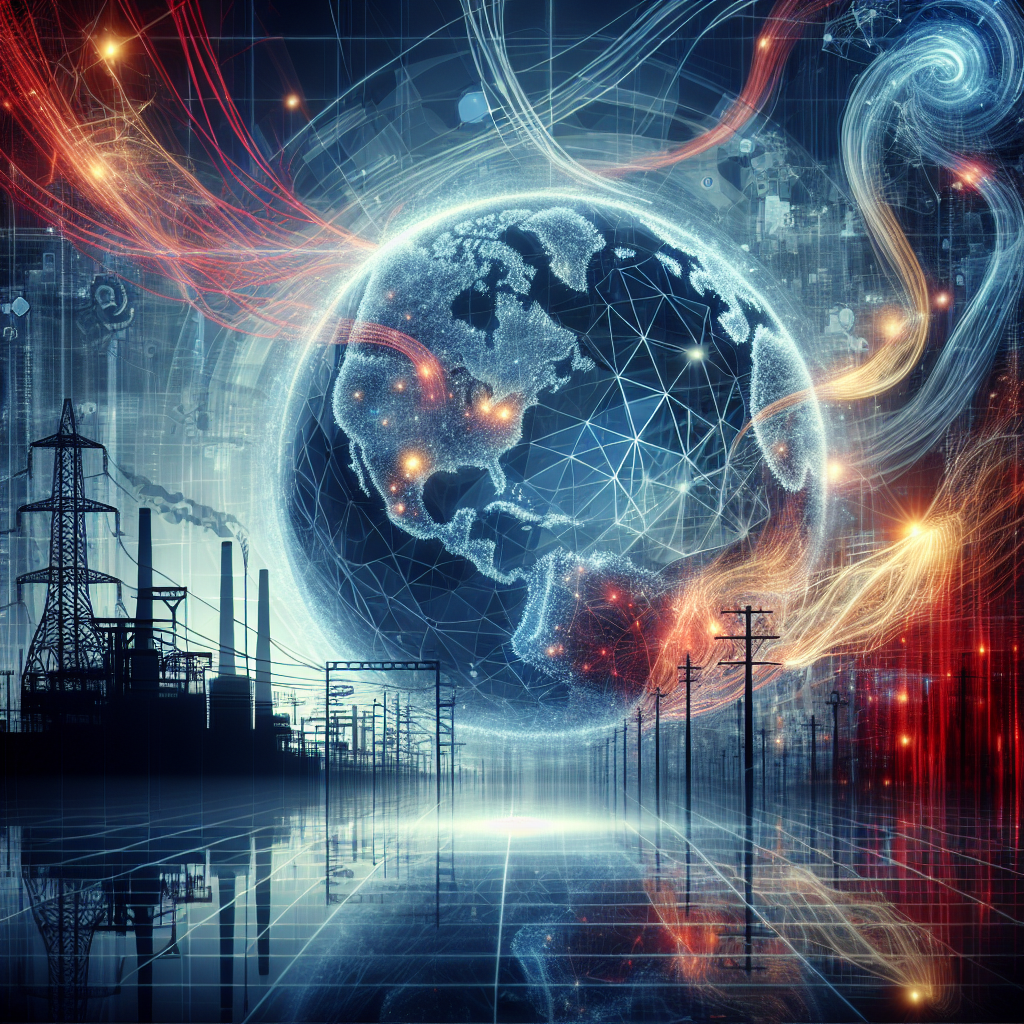The use of artificial intelligence (AI) in the energy sector has been increasing rapidly in recent years. AI has the potential to revolutionize the way energy is produced, distributed, and consumed, leading to greater efficiency, lower costs, and reduced environmental impact. However, along with these benefits, there are also risks and potential dangers associated with the use of AI in energy. In this article, we will explore some of the key risks and concerns related to AI in the energy sector.
Potential Dangers of AI in Energy
1. Cybersecurity Risks: One of the biggest concerns related to the use of AI in the energy sector is cybersecurity. AI systems are vulnerable to cyber attacks, which could have serious consequences for energy infrastructure. Hackers could potentially gain access to AI systems controlling critical energy infrastructure, such as power plants or grid systems, and disrupt or sabotage their operations. This could result in power outages, damage to equipment, and even physical harm to individuals.
2. Bias and Discrimination: AI systems are only as good as the data they are trained on. If the data used to train an AI system is biased or discriminatory, the system itself will also be biased and discriminatory. In the energy sector, this could manifest in decisions that favor certain groups over others, leading to inequitable access to energy resources. For example, an AI system that is trained on historical data showing that certain neighborhoods have higher energy consumption may allocate resources to those neighborhoods at the expense of others.
3. Lack of Transparency and Accountability: AI systems can be complex and opaque, making it difficult to understand how they arrive at their decisions. This lack of transparency can lead to a lack of accountability, as it may be unclear who is responsible for the decisions made by AI systems. In the energy sector, this could result in decisions being made without proper oversight or input from stakeholders, leading to potential negative consequences for both the environment and society.
4. Job Displacement: The use of AI in the energy sector has the potential to automate many tasks that are currently performed by human workers. While this may lead to greater efficiency and cost savings for energy companies, it could also result in job displacement for workers in the industry. This could have negative economic and social impacts, particularly in regions that rely heavily on the energy sector for employment.
5. Environmental Impact: While AI has the potential to help reduce the environmental impact of the energy sector through increased efficiency and optimization of energy resources, there are also concerns that the widespread use of AI could have unintended negative consequences for the environment. For example, the increased demand for energy to power AI systems could lead to greater carbon emissions and other forms of pollution.
FAQs
Q: How can we mitigate the risks associated with AI in the energy sector?
A: There are several steps that can be taken to mitigate the risks associated with AI in the energy sector. These include implementing robust cybersecurity measures to protect AI systems from cyber attacks, ensuring that AI systems are trained on unbiased and representative data, promoting transparency and accountability in the use of AI, and developing policies and regulations to address the potential negative impacts of AI on jobs and the environment.
Q: What role do governments and regulators play in managing the risks of AI in the energy sector?
A: Governments and regulators play a crucial role in managing the risks of AI in the energy sector. They can establish standards and guidelines for the use of AI in energy, enforce cybersecurity regulations to protect critical energy infrastructure, promote transparency and accountability in the use of AI, and develop policies to address the potential negative impacts of AI on jobs and the environment.
Q: How can stakeholders in the energy sector work together to address the risks of AI?
A: Stakeholders in the energy sector, including energy companies, technology providers, policymakers, and consumers, can work together to address the risks of AI. This could involve sharing best practices for the use of AI, collaborating on research and development of AI technologies, engaging with stakeholders to ensure that AI is used responsibly and ethically, and advocating for policies and regulations that promote the safe and sustainable use of AI in the energy sector.
In conclusion, while the use of AI in the energy sector has the potential to bring about significant benefits, there are also risks and potential dangers that need to be carefully considered and managed. By implementing robust cybersecurity measures, ensuring that AI systems are trained on unbiased and representative data, promoting transparency and accountability, and developing policies and regulations to address potential negative impacts, stakeholders in the energy sector can work together to harness the power of AI in a safe and responsible manner.

